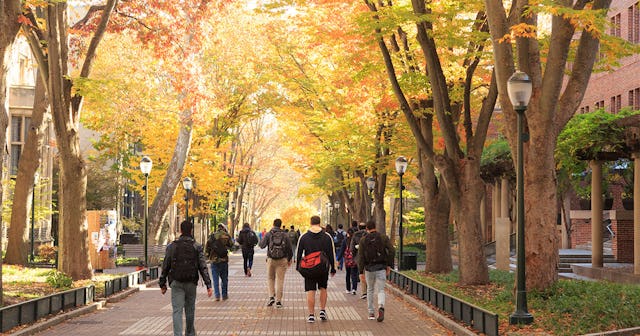ICE Says Foreign Students Need To Leave If Their Classes Are Online-Only

ICE is warning international students that they need to transfer or leave the U.S. if their school is only holding online courses
As the coronavirus pandemic continues, U.S. colleges and universities are now facing a big decision: Whether to hold in-person classes in the fall, or ask students to continue virtual learning to promote better the kind of social distancing that can be difficult on campus. Some schools, like Harvard, have already announced that their classes will be online-only for the coming academic year. For international students at those institutions, ICE has an ominous message: Transfer to a school with in-person classes, or leave the U.S.
Students on F-1 and M-1 visas that allow them to study in the U.S. who attend school that are offering only online classes “must depart the country or take other measures, such as transferring to a school with in-person instruction to remain in lawful status,” ICE said in a press release this week. Students who don’t follow the directive “may face immigration consequences including, but not limited to, the initiation of removal proceedings,” the release also said.
ICE’s new rules say schools must “update their information in the Student and Exchange Visitor Information System (SEVIS) within 10 days of the change if they begin the fall semester with in-person classes but are later required to switch to only online classes, or a nonimmigrant student changes their course selections, and as a result, ends up taking an entirely online course load.”
This is a major blow to the country’s many international students. Those who are affected by the order now have to scramble to meet its requirements, either by trying to transfer to a new school at the last minute, or by going back to their home countries, where differences in time zones will make virtual learning a struggle.
According to the Institute of International Education, international students account for about 5.5 percent of the higher education student population in the U.S. — nearly 1.1 million students during the 2018-2019 school year. These students also subsidize colleges for American students because they often receive very little or no financial aid, which means they pour much more money into the education system than the average student. This ICE directive is horrifyingly unfair to international students who have chosen to study in the U.S., but the agency seems to be failing to recognize how the ripple effects from this will impact the entire population of university students in America.